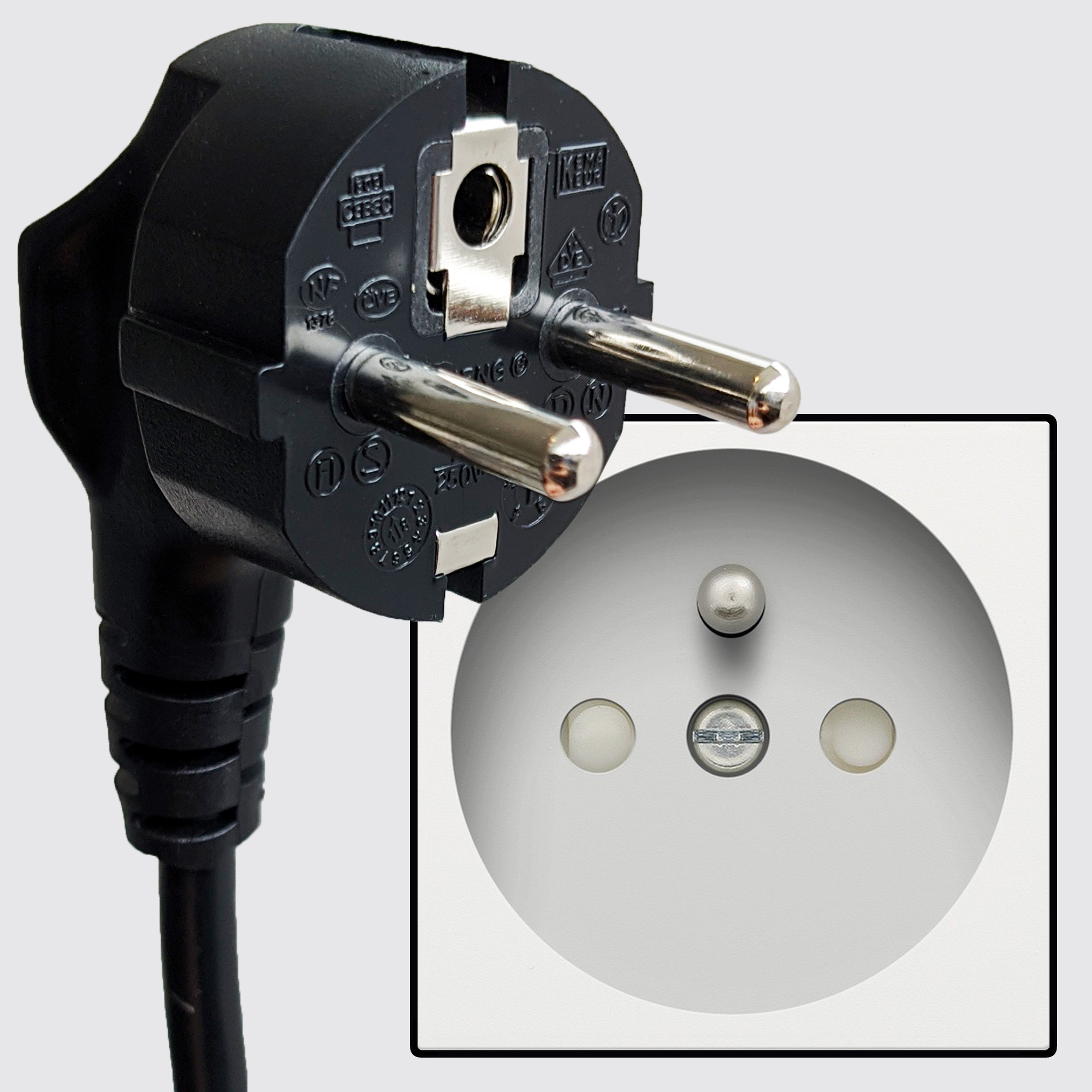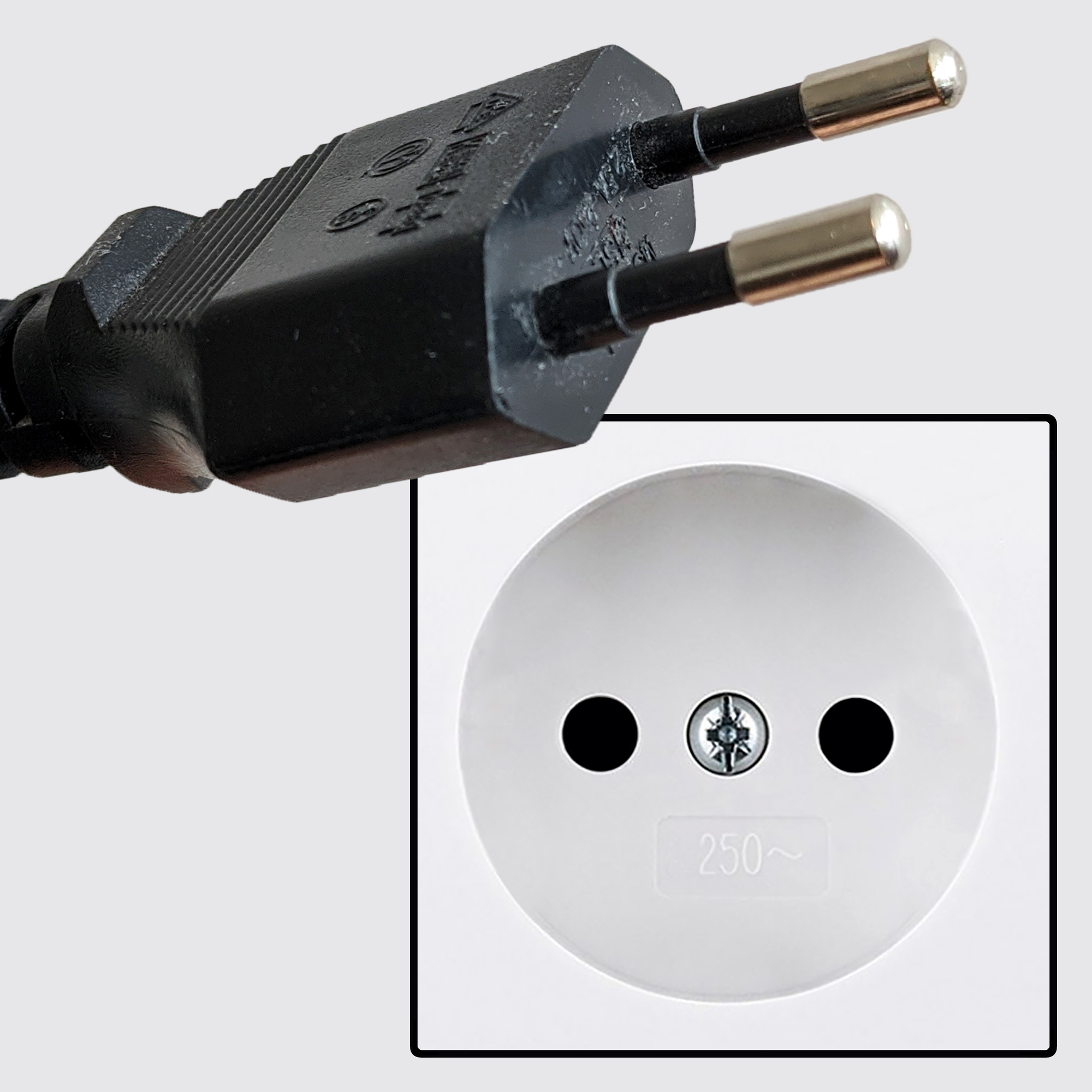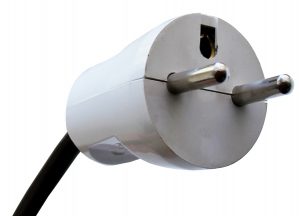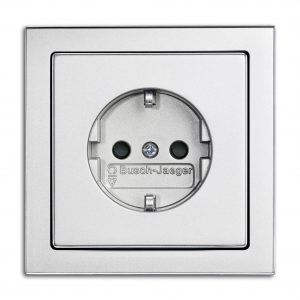Background information
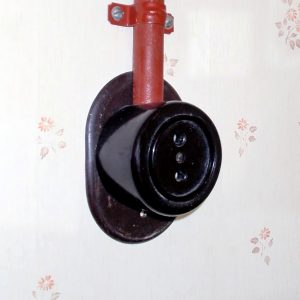
Type C Bakelite wall socket (1950s)
As the economy of Monaco is deeply intertwined with France's economy, it is no wonder that Monaco almost always follows French standards. Wall outlets and plugs are no exception.
Monaco has standardized on type E sockets and plugs. Type C and type F plugs can also be used thanks to their compatibility with type E sockets. However, it is not permitted to install type C nor type F wall outlets. But why is that?
Typically, type C plug sockets are not allowed to be installed in Monaco: these outlets are not earthed and are therefore considered dangerous. Only type E power points are permitted because they are grounded and therefore significantly safer.
The only (and rare) exception to this rule, is that an old type C outlet should be replaced by a new one. After all, if you hook up a grounded wall outlet (i.e. type E) on a two-wire circuit, the socket will not be grounded, but people will get the impression that it actually is grounded. No need to say, this is a potentially dangerous situation.
Nowadays, however, type C receptacles are not frequently installed anymore, since older properties are almost always completely rewired when they are renovated or significantly altered.


